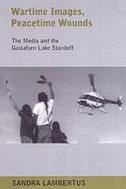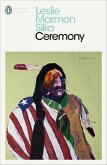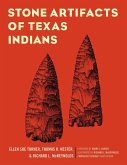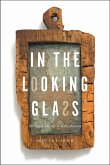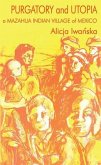What does the media coverage of a crisis situation reveal about the nature of dominant-minority relations locally, regionally, and nationally? Sandra Lambertus asks this question of the media coverage of the largest RCMP operation in Canadian history - the 1995 Gustafsen Lake Native Indian standoff. Drawing from extensive newspaper, television, and radio news products, legal and law enforcement documents, ethnographic interviews with 26 journalists, as well as RCMP, and Native leaders, Lambertus examines the construction and national dissemination of vilifying stereotyped portrayals of Native people. The ethnographic component pushes the standard of media analysis, bringing to light previously unconsidered aspects of media representations of minorities: media and law enforcement processes, frameworks of the news makers, face presentation strategies, information control, and exchange relations in news-gathering. The investigation shows how the values and perspectives of local communities, media, and law enforcement became overshadowed by 'outsiders' during the course of the event and the serious effects of the media coverage on specific audiences and ultimately, Canadian society. The study culminates with an assessment of the structural elements that contributed to the damaging media portrayals: media bias, competition, cooperation, empowerment, and cultural misperceptions. Wartime Images, Peacetime Wounds opens new avenues for studies of minorities in the news and for the study of news media in general.
Hinweis: Dieser Artikel kann nur an eine deutsche Lieferadresse ausgeliefert werden.
Hinweis: Dieser Artikel kann nur an eine deutsche Lieferadresse ausgeliefert werden.

